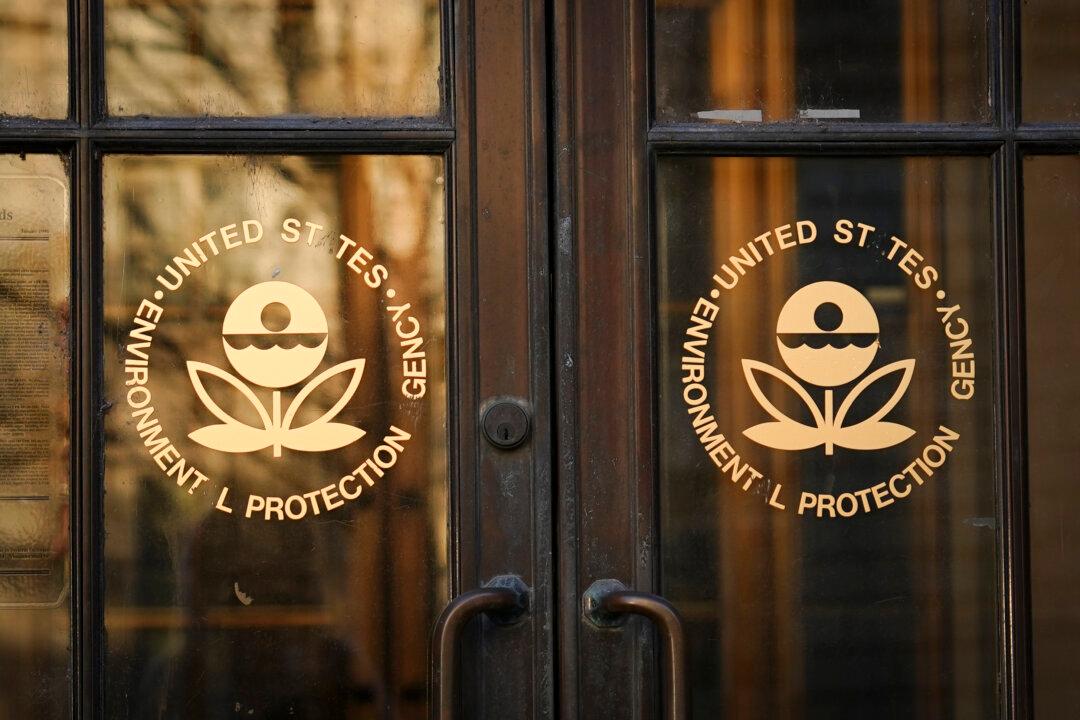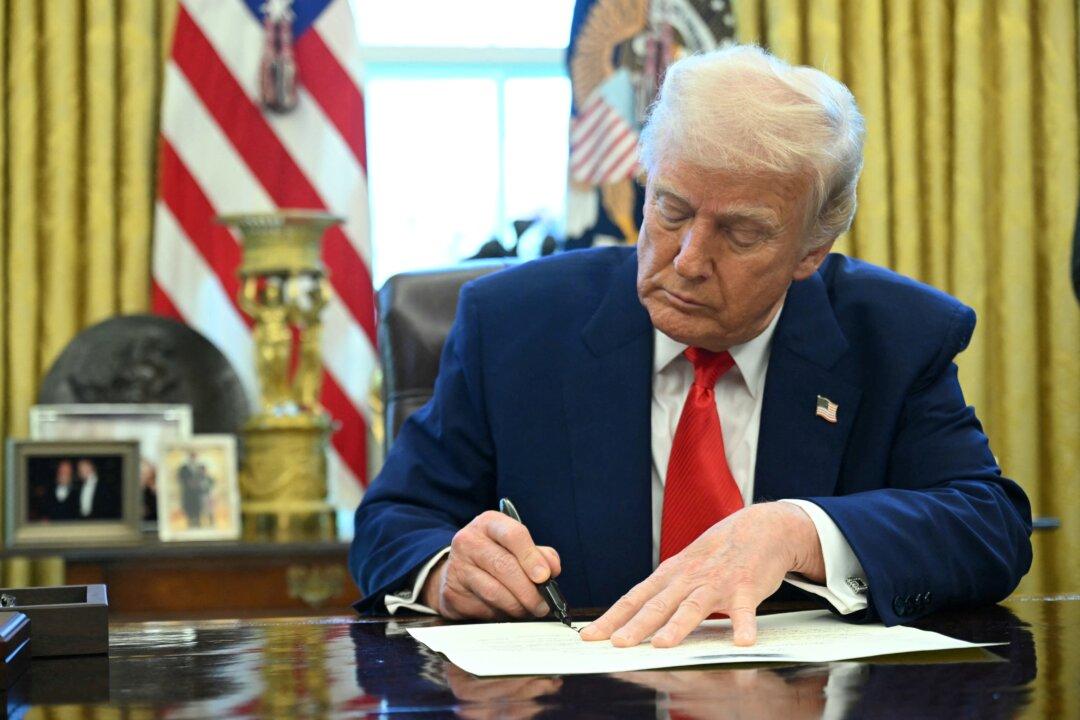The Biden administration has released its final tranche of $1 billion in funding to clean up more than 100 waste sites across the United States, the Environmental Protection Agency (EPA) said on Tuesday.
The $1 billion is the third and final wave of $3.5 billion in total funding allocated for cleanup projects under the Bipartisan Infrastructure Bill, which President Joe Biden signed into law in 2021.
In a Feb. 27 statement, the EPA said that the final funding will go towards cleanup projects at 25 new Superfund sites—areas contaminated with hazardous waste—as well as at 85 existing sites.
The sites are contaminated with toxic chemicals from manufacturing facilities, processing plants, landfills, and mining, which can harm the health and well-being of local communities in urban and rural areas.
According to the agency, more than one in four black and Hispanic Americans are living within three miles of a Superfund site.
“This final round of Bipartisan Infrastructure Law funding has made it possible for EPA to initiate clean-ups at every single Superfund site where construction work is ready to begin,” EPA deputy administrator Janet McCabe said in a press release.
According to the agency, about 75 percent of the 25 sites to receive funding for new cleanup projects are “in communities with potential environmental justice concerns.”
“Superfund sites threaten public and environmental health across the country, but with today’s announcement, the Bipartisan Infrastructure Law is continuing to deliver on the promise we made to clean up backlogged sites and give our communities the peace of mind they deserve,” Rep. Frank Pallone (D-NJ.) stated.
The program is particularly important to New Jersey, Mr. Pallone said. The state has more Superfund sites than any other, and half of its 9.3 million residents live within three miles of a Superfund site.
“I really believe that all of our communities across the country deserve to enjoy their towns and use their space without fear of the health risks that come with living near a Superfund site,’' Mr. Pallone said.
“Corporate polluters—not taxpayers—should pay to clean up the messes they created,” he added.
Long-contaminated sites slated for cleanup include a former smelting plant in East Helena, Montana; an old textile mill in Greenville, South Carolina; and a New Jersey beach area blighted by lead battery casings and other toxic materials used to build a seawall and jetty nearly 60 years ago.

Thousands of contaminated sites exist nationally due to hazardous waste being dumped, left out in the open, or otherwise improperly managed, according to the agency.
The EPA has pledged to clear a long backlog in the Superfund program, established in 1980 to clean up sites contaminated with hazardous substances. There are more than 1,300 Superfund sites across the United States, the agency said.







